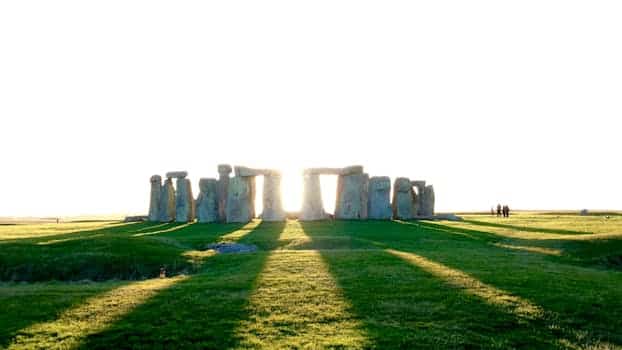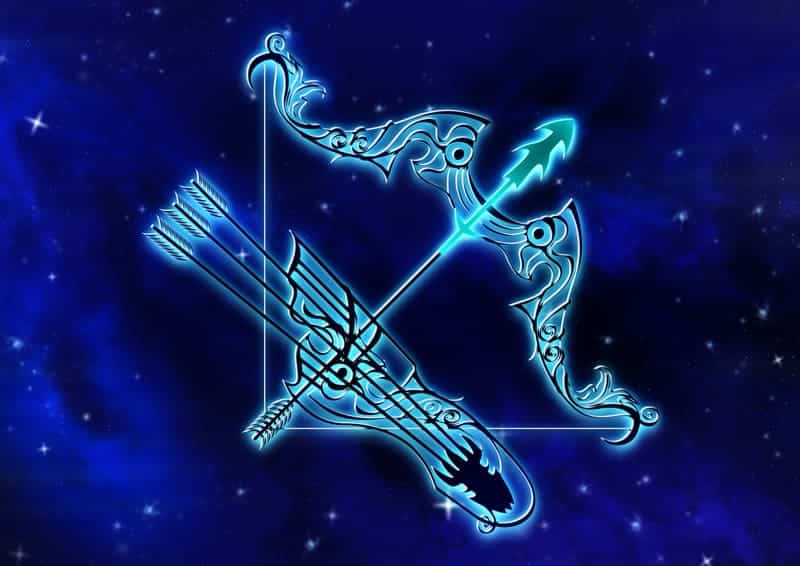What’s important about the Summer Solstice? Quite a lot! Humans have been marking this day throughout history and around the world! Read on!
What is the Summer Solstice?
The Summer Solstice is the day of the year with the most hours of sunlight, marking the longest day. To ancient peoples, it may have seemed as though the sun was standing still. Imagine how significant that was! The word solstice comes from the Latin “sol” for sun and “stitium” for still or stopped. Historically, it’s a day of celebration that follows the big planting season.
In the northern hemisphere, the Summer Solstice falls around June 21. In the southern hemisphere, it’s around December 21. It’s when one of Earth’s poles is tilted most extremely towards the sun. But that’s not all it is.
Cultures around the world have their own names for the Summer Solstice and its celebrations. Some folks call it Midsummer, Litha (Pagan & Witch), St. John’s Day (Christian), Alban Heflin (modern Druids), Ivan Kupala (Slavic), and so many more that we can’t possibly know or name them all.
Celebrations of the Past
Our ancestors followed the seasons and marked the length of the day more carefully than we do now. For them, it was a matter of survival. They didn’t have cozy homes that were climate-controlled with electricity and indoor plumbing. They didn’t have grocery stores with access to foods outside of their normal growing seasons.
Celebrations centered around agriculture, fire, virility, and most importantly, the sun. For pre-Christian cultures of Europe, Pagans had bonfires at the center of their celebrations. They burned certain types of wood, herbs, and flowers. They sometimes drove livestock through the cooling embers from the fire. This was believed to provide health and protection in the year to come. They would sometimes save pieces of the charred wood that remained for rituals and luck. They would also frequently visit sacred wells.
There are remnants of ancient beliefs that we can still see today as well. Stonehenge, for example, lines up with the sunrise on the Summer Solstice. In Egypt, on the solstice, the sun sets between the Great Pyramids from the view of the Sphinx. But there are more that are less well-known. Sites like Chaco Canyon in New Mexico, USA, Bighorn Medicine Wheel in Wyoming, USA, and Angkor Wat, Cambodia, to name a few.
Celebrations of the Present
In the United States, Native Americans continue to practice traditional solstice rituals. They aren’t alone in observing ancient traditions, though. Around the world, people still follow the old ways, like in Sweden, Finland, Greece, and Guatemala, for example.
Modern Pagans also honor the Summer Solstice, some using the name Litha for it. It is one of the 8 Sabbats that make up the Wheel of the Year. Fire plays a central part in these rituals and celebrations, though not everyone lives in a place where they can have a bonfire, so acceptable substitutes are often used, like candles or even kettle grills. Observing the sunrise and conducting rituals at sunrise or noon are also common ways to observe the day.
Summer Solstice is a day to be outdoors, if weather permits, to observe the abundance of the natural world. If there is a water source nearby, you can pay a visit to it and give thanks for its gifts, as well as leave an offering for the spirits and guardians of the water. Dancing, singing, celebrating abundance, harvesting of herbs, and even handfastings (Pagan weddings) are common practices. Deities of the sun, mother deities, and deities of agriculture are commonly honored at this time. For some, the Oak King may be giving way to the Holly King.
As a time of abundance, the Summer Solstice is an excellent time for acting on the plans you made at Imbolc or at other times. Put your plans into action! Summer Solstice is also a time for love, so call on the deities of love, have a ritual for love, or just send love out into the universe! It will come back to you.
Pagans come in all sorts, each with their own path and set of beliefs. They can be solitary or part of a coven or other group. Because of this, the specific deities and rituals will vary. The important thing to remember is that whatever feels right to you is the right way. There is no one way.
More to Come
Thank you for joining us! This is the first of 3 installments in our Summer Solstice series. We’ll be talking more in-depth about ways to prepare for and celebrate the day. Check back next Friday, June 6, 2025. You might also like our past articles about Beltane: What You Should Know About Blessed Beltane, Beltane Rituals and Traditions Explained, and How To Prepare Yourself for Abundance This Beltane.
*Additional Source: “Midsummer: Rituals, Recipes & Lore for Litha (Llewellyn’s Sabbat Essentials, 3)” by Deborah Blake and published by Llewellyn
(affiliate link, the writer may receive a small commission if you make a purchase)








